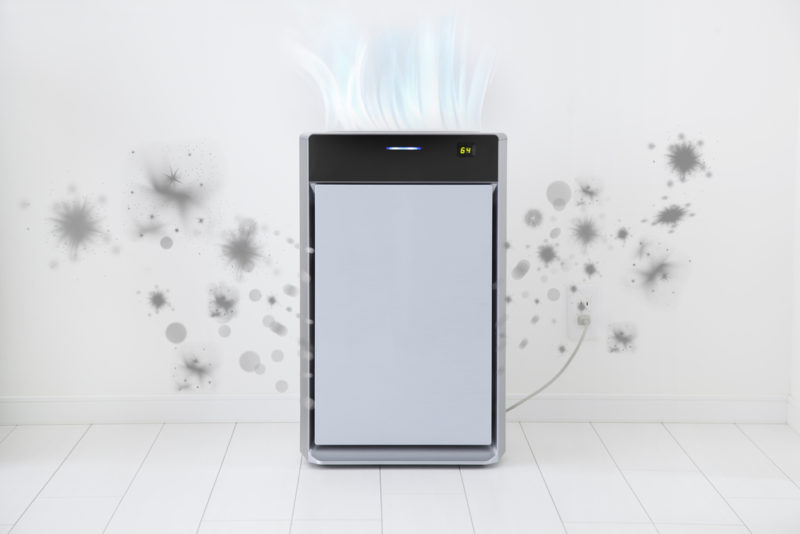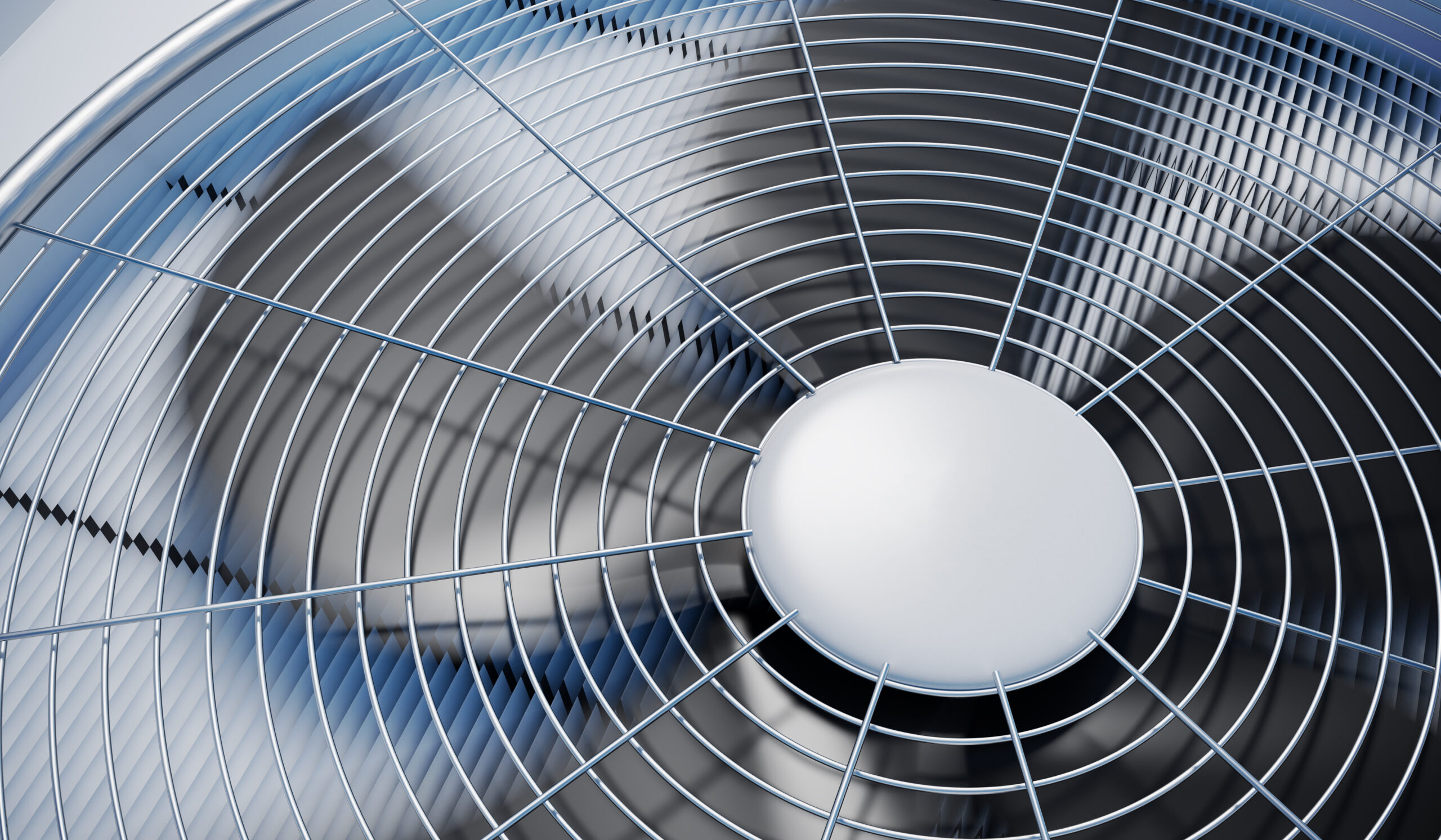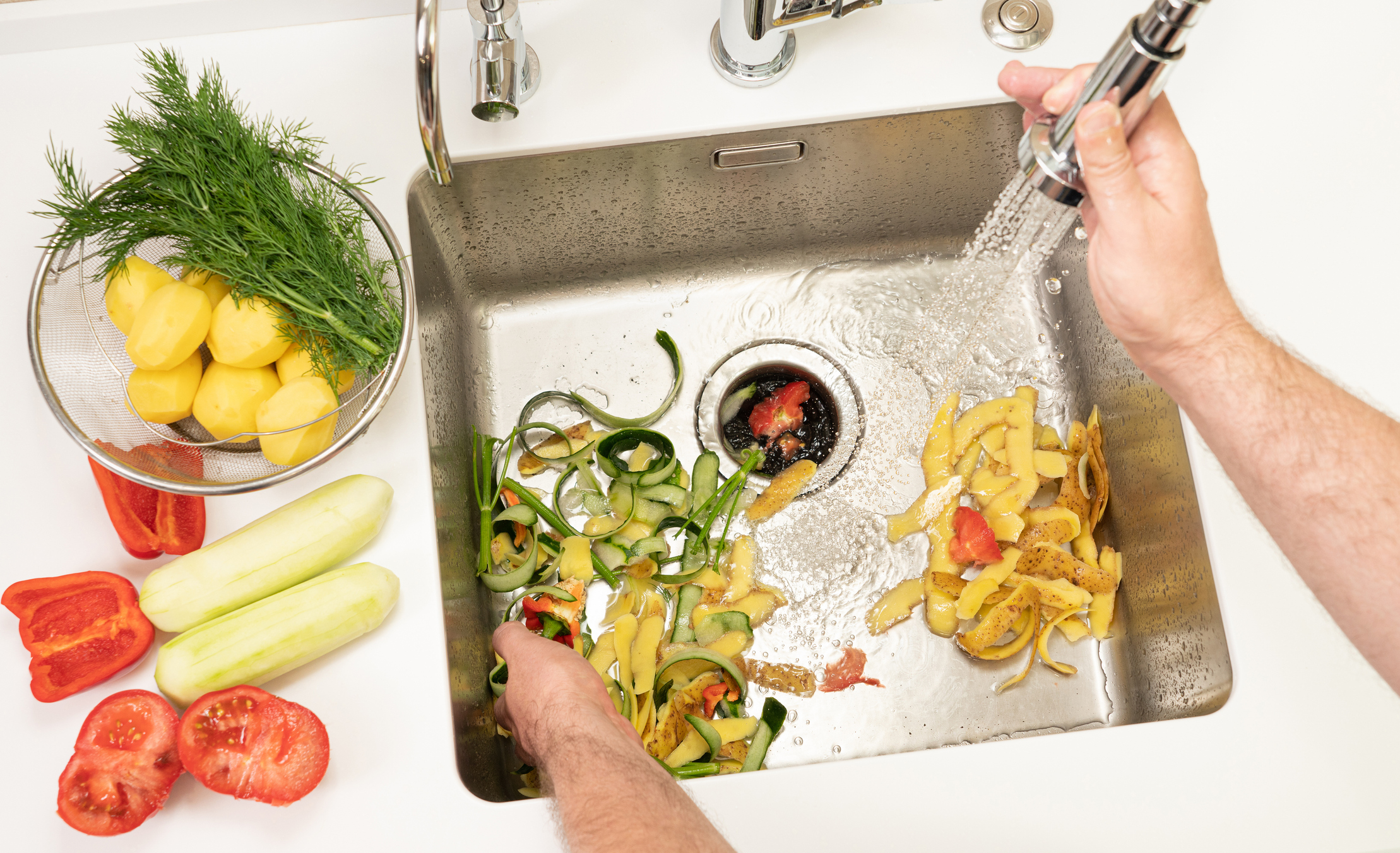How to Maintain Your Home’s Air Quality

In the era of COVID-19, air quality has become more important now than ever before for families everywhere. Unfortunately, the holidays can take a toll on our homes’ indoor air quality. With family and friends coming and going, you must know how to get your home back to optimum levels. Knowing how to improve your home’s indoor air quality levels can be a valuable tool in staying safe and healthy.
The EPA notes that air pollutant concentrations can be 2 to 5 times higher indoors than outdoors. In addition, individuals with underlying health conditions, which keeps them from spending too much time outdoors, can be just as affected, if not more, while they’re inside. Below you will find everything you need to know about improving your home’s indoor air quality.
According to the Environmental Protection Agency (EPA), indoor air quality is “the air quality within and around buildings and structures, especially as it relates to the health and comfort of building occupants.” Your air has dust, pollutants, and allergens, all things that your HVAC system can temper.
Indoor air quality can be affected by the following sources of pollutants:
- Tobacco smoke
- Asbestos
- Pollen
- Household cleaning products
- Hygiene and hair care products
- Outdoor air pollution
- Excess moisture
- Fuel-burning appliances
If your HVAC system isn’t up to date or the outdoor air is poor, you may be dealing with worse IAQ than necessary.
Indoor Air Quality Health Concerns
Some people can tell the difference between poor indoor air quality (IAQ) and good indoor air quality than others. People with asthma, for instance, or elderly individuals, are more susceptible to poor IAQ effects. Even healthy household members can experience adverse health effects if exposed to air pollutants for an extended time.
VOC Sources
Volatile Organic Compounds (VOCs) are commonplace substances that can pose real threats to your family’s health. The majority are chemical-based liquids that release vapors. Many home improvement, craft, and cleaning items contain VOCs. For example, gasoline, paint thinner, permanent markers, and bleach can all react to release VOCs into the air. Many items that release VOCs are marked somewhere on the container that they contain these chemicals. It’s important to stay vigilant with these items and do proper research. VOCs can build up in your home’s air and lead to reduced indoor air quality very quickly.
IAQ & Your HVAC System
Ventilation is probably your biggest ally when it comes to improving your IAQ. Air pollutants can enter your home through tiny cracks around your windows and doors. The air exchange occurs as a result of a temperature differential between your home and the outdoors. Depending on the concentration of pollutants and the weather outdoors, opening windows and doors can introduce cleaner air to your home. Regardless, without proper ventilation, contaminants can build to unhealthy levels in your spaces.
Willard AC can help by performing an inspection and tune-up on your system. We recommend scheduling maintenance twice a year for great IAQ and don’t forget to change your filters. Every bit counts when it comes to keeping your home fresh.
Request Service
Ready to experience top-notch service? Fill out the contact form to request service.
Request Service


Industry-Leading Service & Guarantees
Your comfort & satisfaction is our top priority. Take advantage of our unbeatable guarantees, including:
- Multiple locations across the DFW Metroplex to better serve customers
- Trained & certified technicians
- Emergency repairs seven days a week
- Two-year warranty guarantee on all repairs





